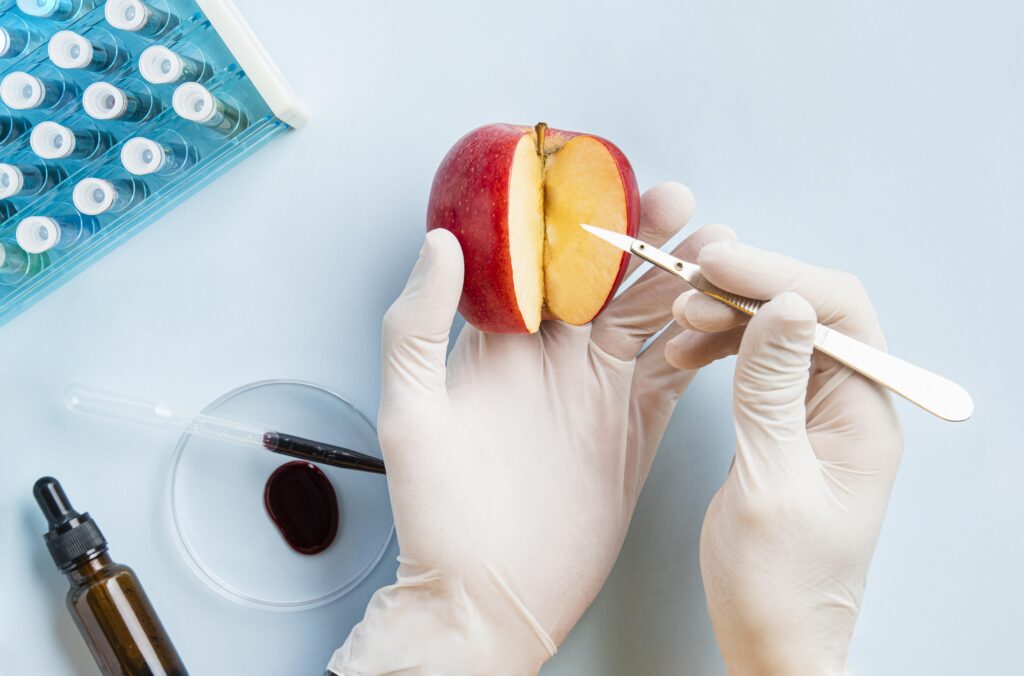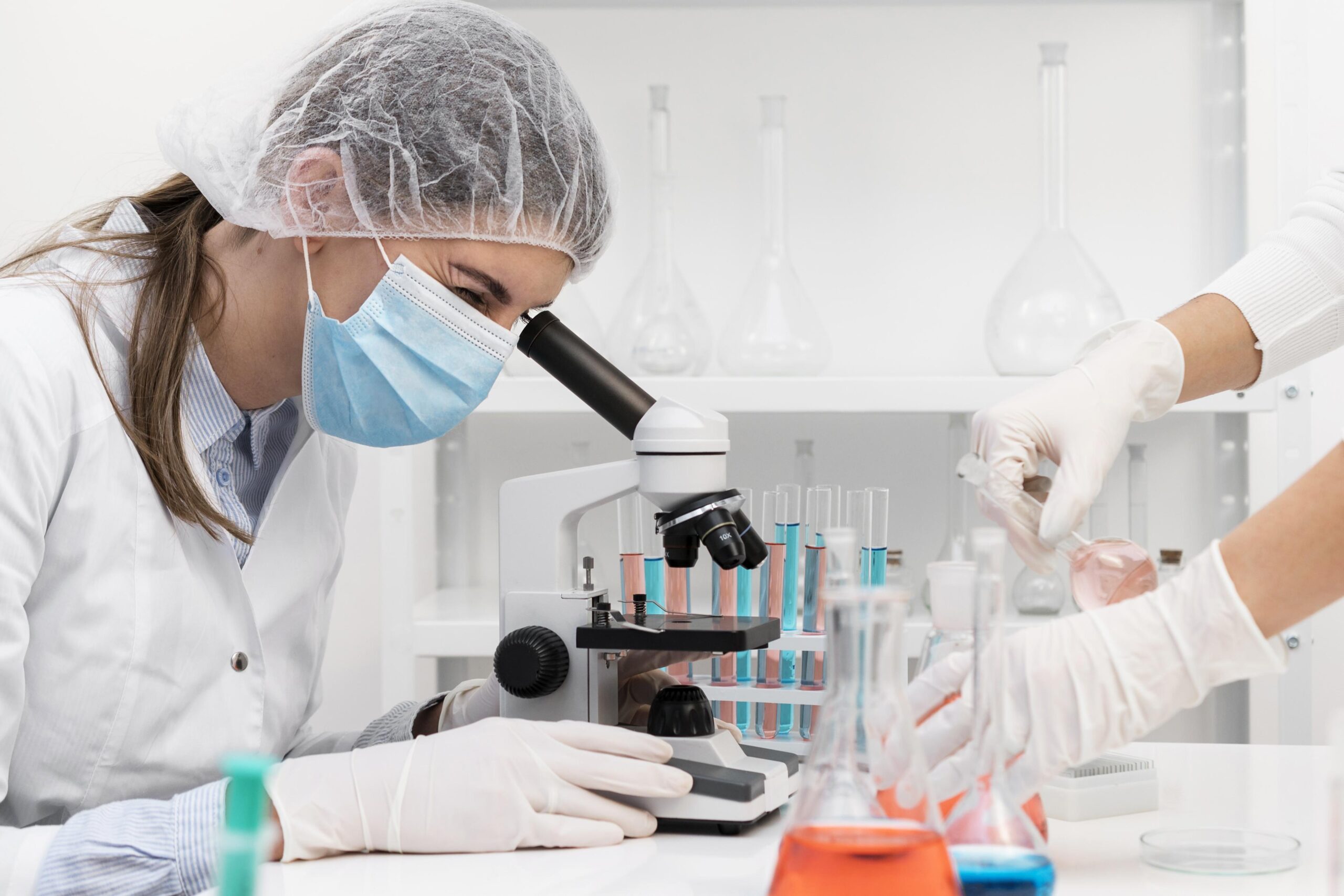Because of growing consumer awareness and strict regulatory requirements, it is essential to maintain the highest standards of food safety and quality in the ever-changing food sector. The possibility of contamination from several sources increases with the complexity of food manufacturing systems. Maintaining a clean production environment and regulating the quality of raw materials are both necessary to ensure food safety. To meet these high standards, thorough environmental testing is essential. The procedure entails a methodical examination of many components found in the production environment, including surfaces, water, and air, to identify possible pollutants such as allergies, pathogens, and chemical residues that may jeopardize food safety.
Environmental testing in the food industry functions as a preventative strategy to reduce the possibility of pollution and protect public health. To maintain a safe and hygienic production process, producers can implement corrective actions by identifying dangers early on through regular monitoring and analysis. This blog explores the importance of environmental testing in the food business, emphasizing the different approaches used, the range of benefits it offers, and its vital role in maintaining food safety regulations. Stakeholders can more fully comprehend environmental testing's impact on public health and the overall integrity of food production systems when they are aware of its significance.
The Role of Environmental Testing in the Food Industry
The primary objective of environmental testing in the food testing industry is to ensure food safety. If appropriate hygiene procedures are not followed, contaminants like microorganisms, allergies, and chemical residues can readily penetrate food items. Food makers can detect and reduce the risk of contamination before it affects the finished product by conducting routine testing of the manufacturing environment.
Pathogen Detection
In food production situations, pathogens such as Salmonella, E. Coli, and Listeria can proliferate if effective control measures are not taken. Testing the environment aids in the early identification of these dangerous microbes. Frequent testing and sampling of surfaces, tools, and water sources can detect the presence of pathogens, enabling quick corrective action to stop food product contamination.
Allergen Management
In the food sector, cross-contamination with allergens is a serious risk, particularly for producers of various product lines. Environmental testing can detect allergy residues on tools and surfaces, guaranteeing that cleaning procedures are successful and that items free of allergens stay uncontaminated. This is essential to ensuring labeling compliance and safeguarding customers with food allergies.
Compliance with Regulatory Standards
Within the food industry, following regulations is a must. Strict regulations for food safety, including environmental testing, are mandated by regulatory agencies including the European Food Safety Authority (EFSA) and the Food and Drug Administration (FDA). Respecting these guidelines is necessary to keep customers' trust and stay out of trouble with the law.
HACCP and GMP Compliance
Analysis of Hazards Two essential frameworks for managing food safety are Good Manufacturing Practices (GMP) and Hazard Analysis Critical Control Points (HACCP). Environmental testing is essential to GMP and HACCP compliance. Frequent environmental monitoring guarantees the efficient management of crucial control points and aids in the identification of possible risks. By being proactive, the likelihood of foodborne diseases and product recalls is reduced.
Certification and Audits
Strict environmental testing procedures are necessary to get food safety certifications, such as ISO 22000 or Safe Quality Food (SQF) certification. Retailers and consumers alike are increasingly looking for these certificates as evidence of a manufacturer's dedication to food safety. Environmental testing in the food industry provides the data needed for successful certification audits and demonstrates adherence to best practices.

Enhancing Product Quality and Shelf Life
Environmental testing in the food industry prolongs shelf life, improves product quality, and guarantees safety. Food products' quality and shelf life can be greatly impacted by contaminants and spoiling bacteria. Manufacturers may create better products with longer shelf lives by keeping a clean and controlled production environment.
Quality Control
Regular environmental testing makes it possible to improve quality control throughout the production process. Products are guaranteed to satisfy client expectations and quality requirements by identifying and resolving sources of contamination. This proactive strategy improves overall product uniformity and lowers the probability of problems.
Shelf Life Testing
Testing for environmental factors is essential to shelf life testing. Manufacturers can find out how long their products stay safe and appetizing by monitoring the production environment and simulating various storage conditions. Accurate labeling and giving consumers trustworthy shelf life information depend on this information.
Protecting Brand Reputation and Consumer Trust
In this day and age of easy access to information, one food safety mishap can seriously harm a brand's image. In the food sector, environmental testing is a proactive step that helps preserve consumer trust and preserve brand reputation.
Crisis Prevention
Environmental testing assists in averting crises related to food safety by detecting possible contamination problems early on. Protecting the brand's reputation and retaining customers can be achieved by quickly identifying environmental dangers and taking appropriate action to prevent product recalls and bad press.
Building Consumer Confidence
Concerns over the safety and quality of the food they eat are growing among consumers. In a cutthroat market, proving a brand's dedication to thorough environmental testing can win over customers and set it apart. Customers' trust and loyalty can be further increased by being transparent about testing procedures and outcomes.
Implementing Effective Environmental Testing Programs
To maximize the benefits of environmental testing in the food industry Putting in place efficient testing methods is crucial. This entails deciding on suitable testing procedures, setting up testing schedules regularly, and making sure personnel are properly trained.
Selecting Testing Methods
Different testing techniques are needed for different pollutants. Microbiological testing is utilized to identify microorganisms, whilst chemical testing is employed to discover allergies and residues. Accurate findings depend on selecting the appropriate testing procedures based on the unique hazards connected to the production environment.
Regular Testing Schedules
Establishing regular testing schedules ensures continuous monitoring of the production environment. The frequency of testing should be determined by factors such as the type of food being produced, the production processes involved, and historical data on contamination incidents. Consistent testing helps in early detection and timely corrective actions.
Conclusion
Environmental testing in the food industry is a vital instrument for guaranteeing food safety, upholding legal compliance, improving product quality, and safeguarding the reputation of brands. Food producers can reduce the risk of contamination, enhance product consistency, and gain the trust of customers by continually monitoring and managing the production environment. Environmental testing is an essential part of any strong food safety management system and will only become more significant as the food industry develops.

